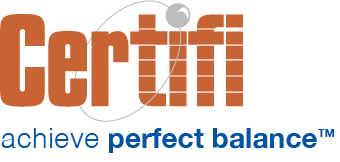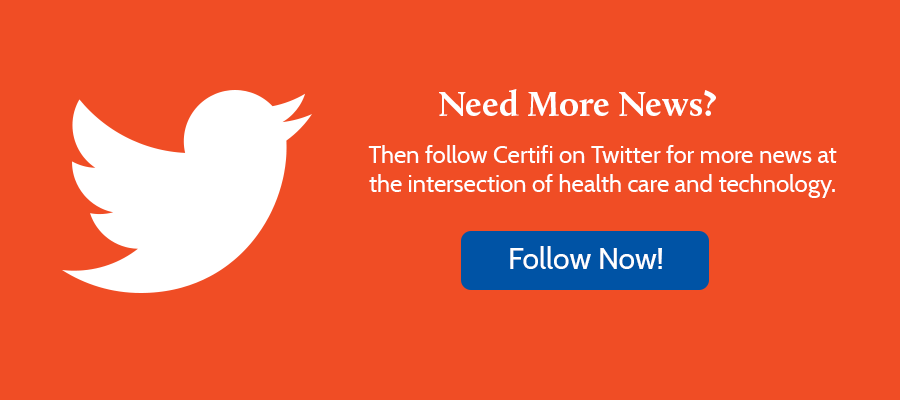Medicaid is a federal and state program that helps with medical costs for some people with limited income and resources. Funded jointly by states and the federal government, states administer the program following federal requirements.
What are Section 1115 Medicaid Waivers?
Section 1115 of the Social Security Act gives the Secretary of Health and Human Services authority to approve experimental, pilot, or demonstration projects found by the Secretary to be likely to assist in promoting the objectives of the Medicaid program. Section 1115 Medicaid waivers enable states to differ from the rules set by the federal government.
How do states use Section 1115 Medicaid Waivers?
States use waivers for any number of reasons. States design waivers so they can experiment with reforms that improve access to care, build efficiencies, improve health outcomes, improve engagement, innovate on healthcare delivery and payment models or align Medicaid with commercial health insurance products.
The Center for Medicare and Medicaid Services (CMS) reviews waiver requests to ensure they meet the objectives of Medicaid and that the expenses are consistent with federal policies and budget neutral. If approved, the waivers generally occur for an initial five-year period. Further extensions occur for three to five years.
The Kaiser Family Foundation has a great resource that tracks all the approved and pending Section 1115 waivers by state and topic here.
What’s a premium or monthly contribution waiver and why do states use them?
A subset of states created premium or monthly contribution waivers, which we’ll examine in detail below. In general, these waivers enable states to cover populations they may not have covered in the past. These populations include adults with incomes above 100% of the federal poverty level that may not otherwise have health insurance. States also can recoup some costs through monthly contributions/premiums. In this case, those individuals pay a monthly premium — either a certain percentage of income or a smaller monthly premium amount — and in return obtain access to the Medicaid program.
Some states have also implemented incentives — like reduced monthly premiums — encouraging enrollees to achieve positive health outcomes — like smoking cessation — or seek preventive care. Some choose to implement monthly premiums to strengthen enrollee engagement and personal responsibility while preparing them for the healthcare market when they leave Medicaid.
Here’s a look at six states that have implemented Section 1115 waivers that include premium or monthly contributions:
Arizona
CMS approved Arizona’s new Arizona Health Care Cost Containment System (AHCCCS) CARE program on Sept. 30, 2016, for a five year period ending September 30, 2021.
Under the waiver, premiums collected serve as contributions to an AHCCCS CARE account, which is similar to a flexible spending account. The account holds member premium payments and any amounts contributed by employers or charitable organizations. Individuals with accounts can withdraw funds for dental services, vision services, chiropractic services, nutrition counseling, weight loss programs, gym memberships, and sunscreen.
The premium is either 2% of income or $25, whichever is less. Members have a two-month grace period; Arizona disenrolls members if they fail to make payments but may re-enroll later.
Arizona incentivizes members to take part in healthy behaviors. They can earn a 6-month payment deferment by completing a healthy target. Targets include annual well exams, flu shots, mammograms, and glucose screening or by managing a chronic disease like tobacco cessation, diabetes management, asthma management, or substance abuse management.
Arkansas
Arkansas received CMS approval for an extension of its Section 1115 premium assistance demonstration in September of 2016. CMS later approved amendments in 2018. Called Arkansas Works, it allowed the state to provide premium assistance to a new adult group. The state later added eligibility changes like a shorter eligibility period and work and community engagement requirements.
Arkansas Works targets adults age 19-64 with incomes up to 138% of the federal poverty level. Enrollees gain coverage through a health insurance exchange plan. Medicaid also covers some additional services not covered by the exchange plan. Those with incomes below 100% of the federal poverty level do not incur any premiums or cost-sharing. Those with incomes above 100% must pay monthly premiums that are limited to 2% of household income and are subject to the exchange plan’s cost-sharing setup. Total out of pocket costs for both premiums and plan cost-sharing can’t exceed 5% of household income.
Failure to pay within two months incurs a debt to the state, but enrollees maintain coverage.
Iowa
The Iowa Wellness Plan was first implemented in January of 2014. The demonstration aimed to promote responsible health care decisions among the ACA adult expansion population. It combined a monthly contribution with an incentive to earn an exemption by seeking preventive health services.
The demonstration requires monthly premiums in the adult expansion population with household income ranging from more than 50% to 138% of the federal poverty level. The premium amounts may not exceed $5 per month for those with incomes from 50% to 100% of the federal poverty level and $10 per month for those with incomes from 100% to 133% of the federal poverty level. Monthly premiums can’t exceed 5% of household income.
Failure to make a payment within the 90-day grace period incurs a collectible debt. Iowa disenrolls those with household income above 100% of the federal poverty level, though they can re-enroll at any point. Those with household incomes below 100% cannot be disenrolled.
Indiana
CMS approved Indiana’s Healthy Indiana Plan 2.0 Medicaid demonstration in January of 2015. CMS later extended Indiana’s demonstration through 2020. It was built on a previous waiver and like Arizona, requires a contribution to a savings account. Unlike Arizona, however, it functions more like a health savings account than a flexible spending account.
The demonstration also creates two plans: HIP Plus and HIP Basic. Enrollees must pay either monthly premiums that are deposited in their health savings account (called a Personal Wellness and Responsibility (POWER) account) or copayments at service. Those with incomes below 100% of the federal poverty level have the option to make POWER contributions and enroll in HIP Plus or enroll in HIP Basic, which requires copayments. Those with incomes above 100% of the federal poverty level must enroll and HIP Plus and make payments to their POWER account.
Indiana tiers monthly contributions based on income, ranging from $1 a month to $20 a month. Anyone who fails to make a payment within 60 days is disenrolled from the HIP Plus plan and enrolled in the HIP Basic plan unless their income is greater than 100% of the federal poverty level. Individuals with income greater than the federal poverty level are disenrolled and ineligible to reenroll for 6 months.
Michigan
Michigan gained approval for their Section 1115 Medicaid waiver, called the Healthy Michigan Plan, in April of 2014. An extension approved in 2018 extends the program through 2023. The plan requires all enrollees to pay premiums or have cost-sharing requirements.
Enrollees that have been enrolled for less than 48 cumulative months since April of 2014 are assessed copayments based on service use, billed through an account statement rather than at the time of service. Those with income above 100% of the federal poverty level are also assessed premiums of up to 2% of household income, though that amount was set to increase to as much as 5% this year.
Enrollees can reduce their premium by up to 50% by completing a health risk assessment and agreeing to work on or keep up with healthy behaviors.
Those with fewer than 48 months of cumulative enrollment and more than 100% of the federal poverty level may be unenrolled for non-payment.
Montana
Montana’s Health and Economic Livelihood Partnership (HELP) program gained approval in 2015, effective through 2020. The demonstration covers adults whose incomes are at or below 138% of the federal poverty level. Montana excludes individuals with incomes at or below 50% of the federal poverty level from premium and cost-sharing requirements.
Enrollees with incomes between 50% and 138% of the federal poverty level must pay monthly premiums equivalent to 2% of their income. Montana credits those premium payments toward the enrollee’s first 2% of copayments; enrollees will not pay at the point of service until charges exceed 2% of their income. Preventive health care, immunizations, and medically necessary health screenings have no copayments. Total out of pocket spending — including premiums and copayments — can’t exceed 5% of household income.
Montana instituted a 90-day grace period for enrollees above 100% of the federal poverty level, after which the state unenrolls them. Enrollees can re-enroll once they’ve paid overdue premiums or Montana assesses their premium debt against their state taxes. Montana does not unenroll those below 100% of the federal poverty level for lack of payment.
Montana’s pending amendment would create a premium increase structure based on coverage duration. It would also add work/community engagement requirements.
Certifi helps states with Section 1115 Medicaid waivers bill and collect payments thanks to a premium billing and collections module that is CMS-certified for Medicaid.



